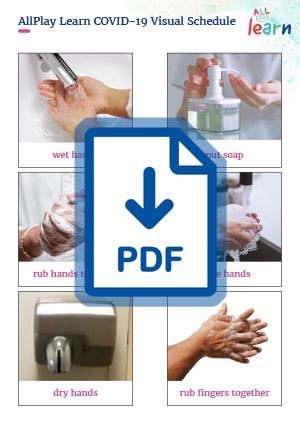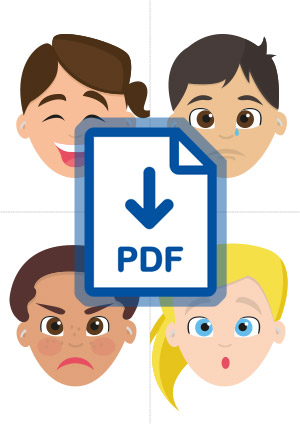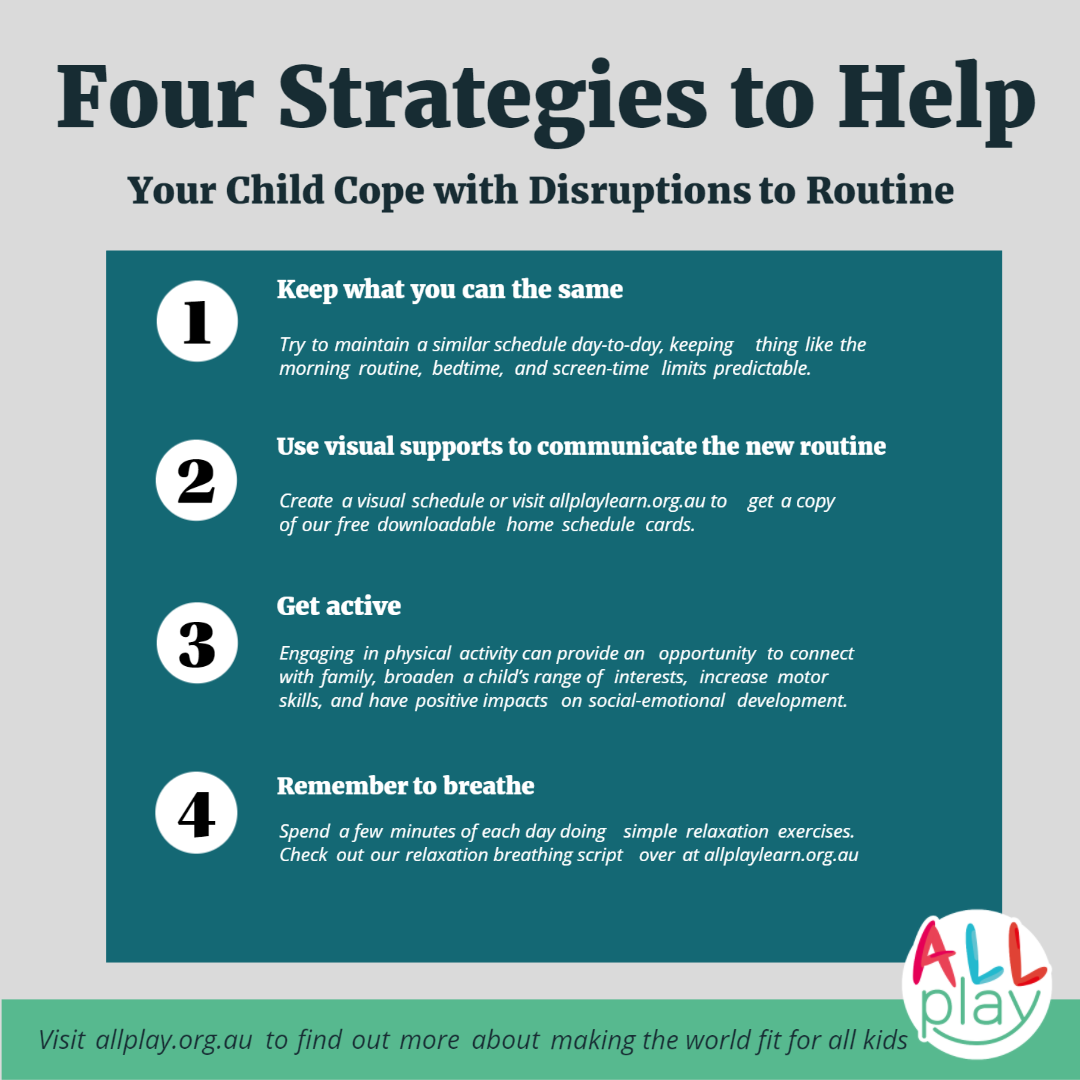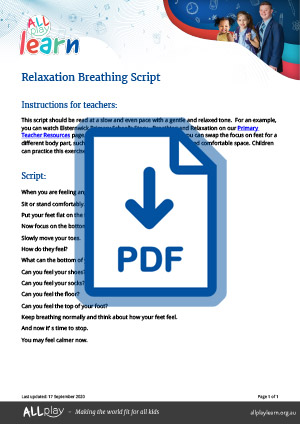
Adapting to
Change
On this page:
COVID-19 has resulted in significant disruptions to routines for children and students, and they have been faced with a range of new situations and challenges. Children/students may need additional support with transitioning back to on-site learning. For many of these children, they have had a long break from the noisy and busy sensory environment of their school or early childhood education and care setting, and so they may find some of these experiences more challenging than they had earlier in the year.

Building a sense of stability
In general, here are some things you can do to help children/students with building a sense of stability:
- Have clear structure and routine
- Maintain a safe space for children/students to access while at childcare/kindergarten/school
- Create a strong transition plan for the return to on-site learning
Watch this video of teachers sharing their experiences of creating indoor and outdoor safe spaces at their schools:

Anxiety
Some children may have seen or experienced situations during this time that have caused them varying levels of anxiety. Some children who already experienced anxiety prior to COVID-19 may now be experiencing heightened levels of anxiety, and there may also be children with no history of anxiety who may start exhibiting symptoms of anxiety.
Anxiety can take different forms - you can learn about the different forms of anxiety in young children and students in the links below.
To support children with transitioning to on-site learning:
Encourage families to gradually introduce their child to outside environments and people
Plan with families tools or strategies their child can use
Consider offering breaks
Provide a predictable routine and clear structures
Watch for signs a child/student is beginning to feel overwhelmed
Provide additional support at key transition points
- Encourage families to gradually reintroduce their child to environments and people outside their immediate home environment prior to childcare/kindergarten/school returning (in a COVID-safe way that complies with restrictions).
- For example, a catch up with school friends might help.
- Plan with families which tools or strategies their child can use when they’re feeling overwhelmed.
- Check if there have been significant changes recently in their child’s anxiety, emotions or behaviours.
- Provide a safe space or a safe person that a child/student can access when overwhelmed.
- Some children/students may need a lighter workload when they initially return or brief breaks to help prevent them from feeling overwhelmed.
- This is particularly important given the significant disruptions to routines children/students have experienced.
- Providing visual schedules prior to an activity may be helpful for some students.
- See some strategies for teaching children new handwashing skills and routines.
- Prevention tends to work better than responding once a child/student is distressed.
- A self-monitoring tool may be helpful so that children can recognise early indicators of stress and take action.

Sensory processing
Some children/students who were sensitive to sensory input prior to COVID-19 may experience a heightened response to sensory input when first returning to on-site learning environments.
To support children/students who are sensitive to sensory input transition to on-site learning:
Gradually reintroduce increased sensory input
Identify tools or strategies
Consider offering breaks
Watch for signs a child/student is beginning to feel overwhelmed
- Encourage families to gradually reintroduce their child to increased sensory input.
- For example, going for a walk in a loud or busy environment or increasing background noise at home.
- Provide a safe space that a child/student can access at childcare/kindergarten/school when overwhelmed that is free from clutter, noise and other sensory input.
- Consider structuring the day so that quieter and less challenging environments are provided immediately after more challenging environments (e.g. a quiet lesson immediately after a sports lesson).
- Watch for signs a child/student is beginning to feel overwhelmed.
- Prevention tends to work better than responding once a child is distressed.
- A self-monitoring tool may be helpful so that children can recognise early indicators of stress and take action.

Friendships
After time away from the learning environment, some children or students may benefit from support with social skills and friendships. To support children/students with social aspects of the learning environment:

Relevant resources
Other resources that may support children with adapting to change include:You may consider using evidence-based strategies to include all children/students in your childcare/kindergarten/schools; or learn more about ways to support their wellbeing and behaviours during COVID-19.





